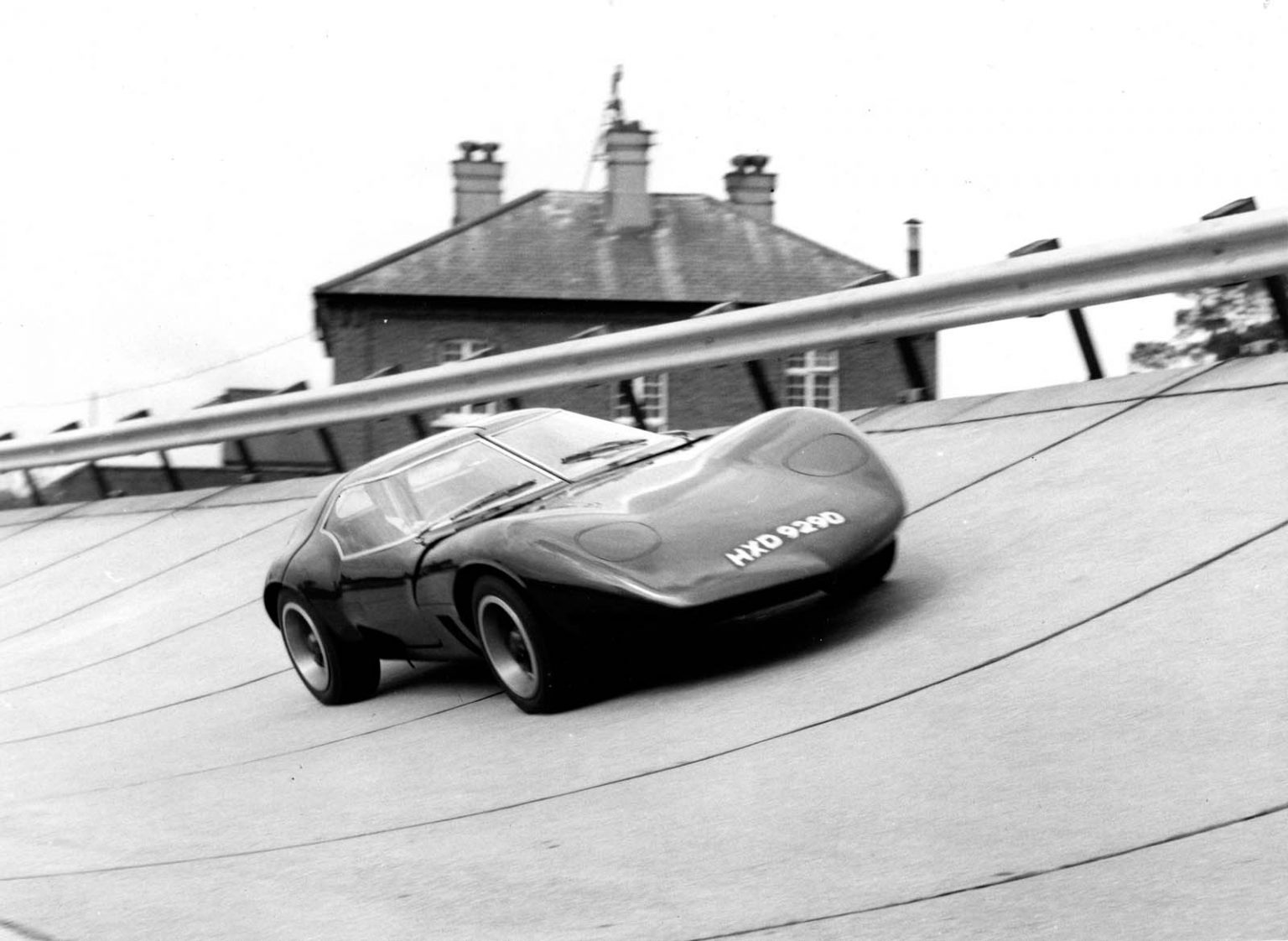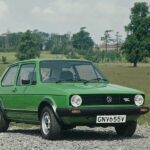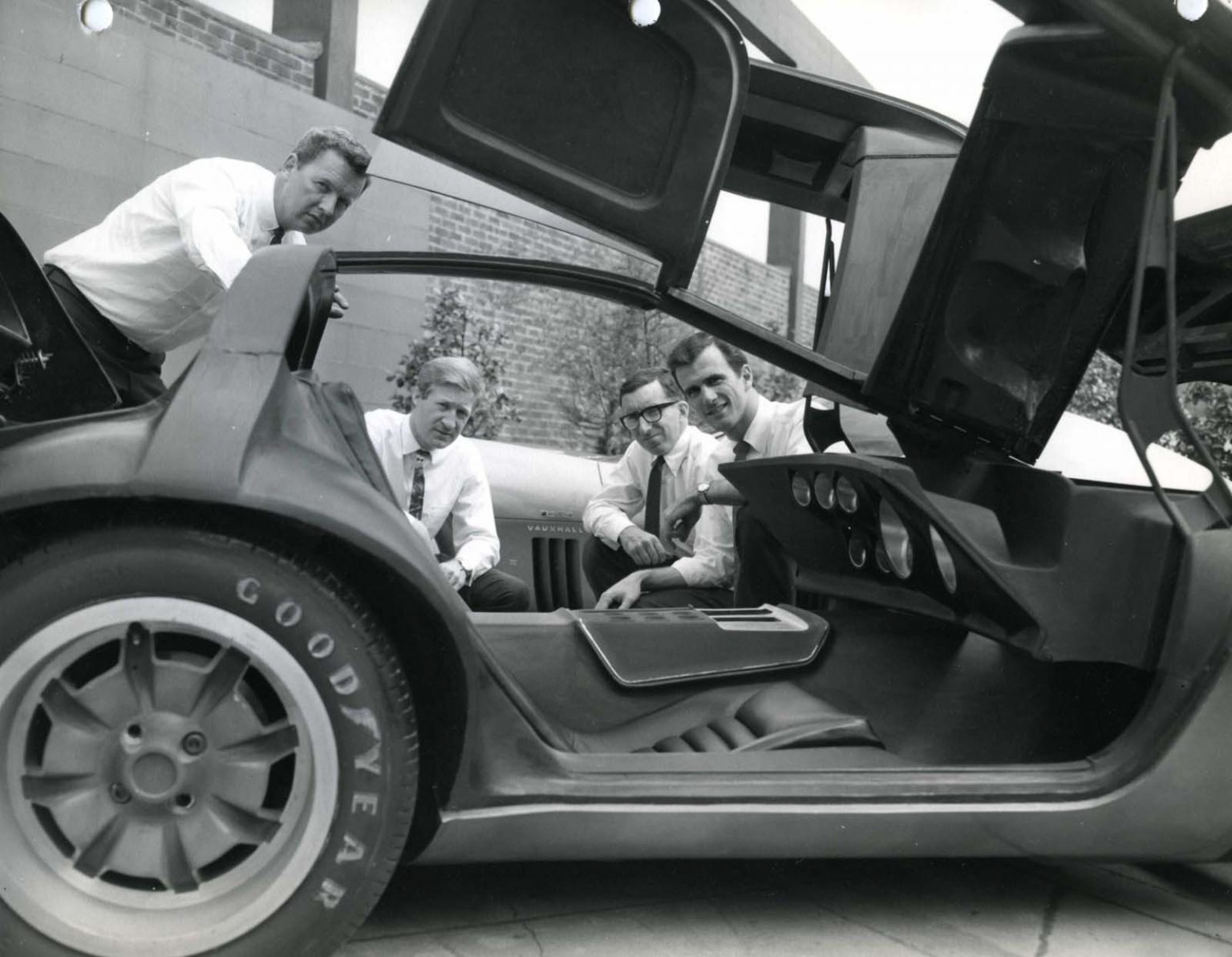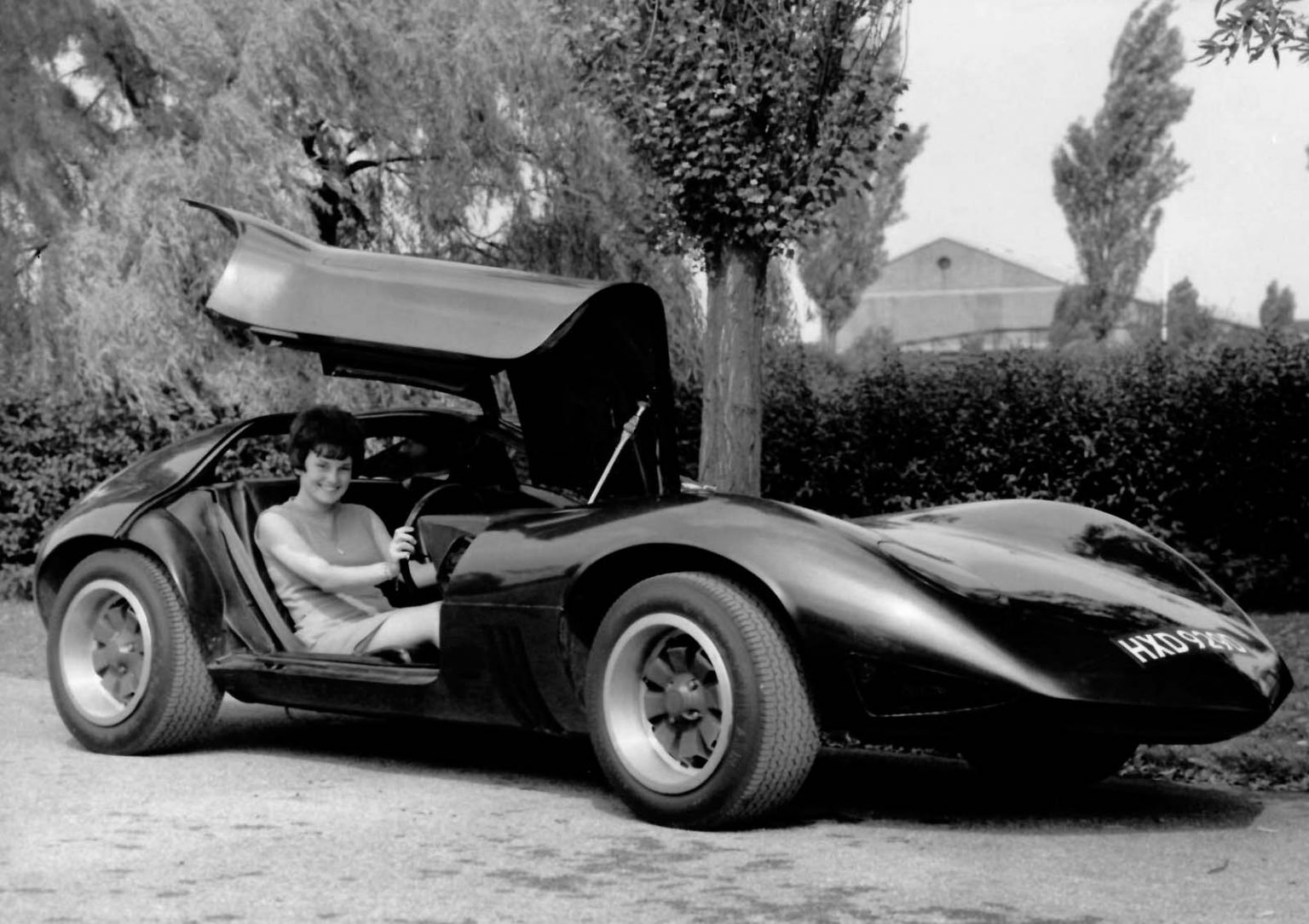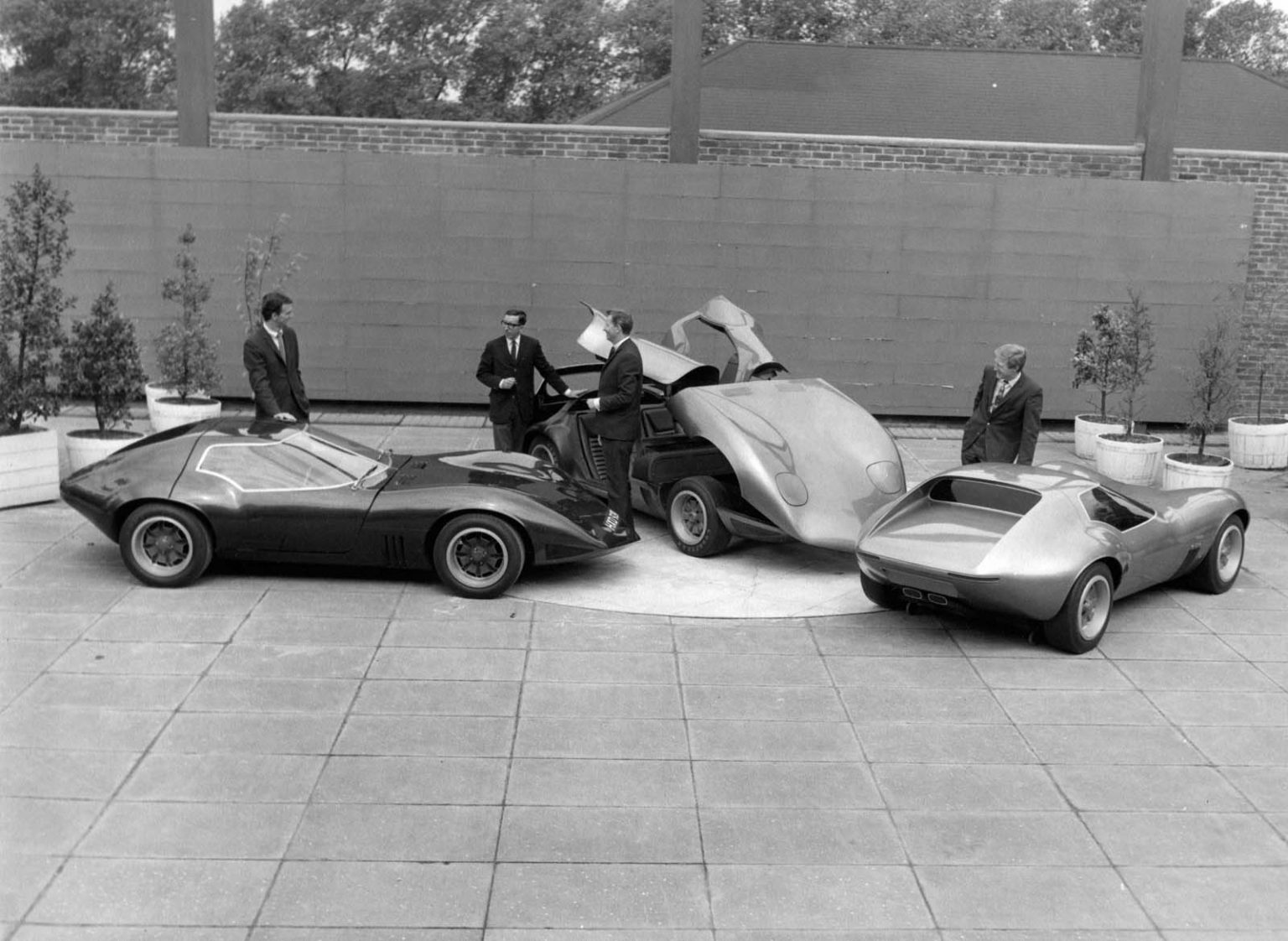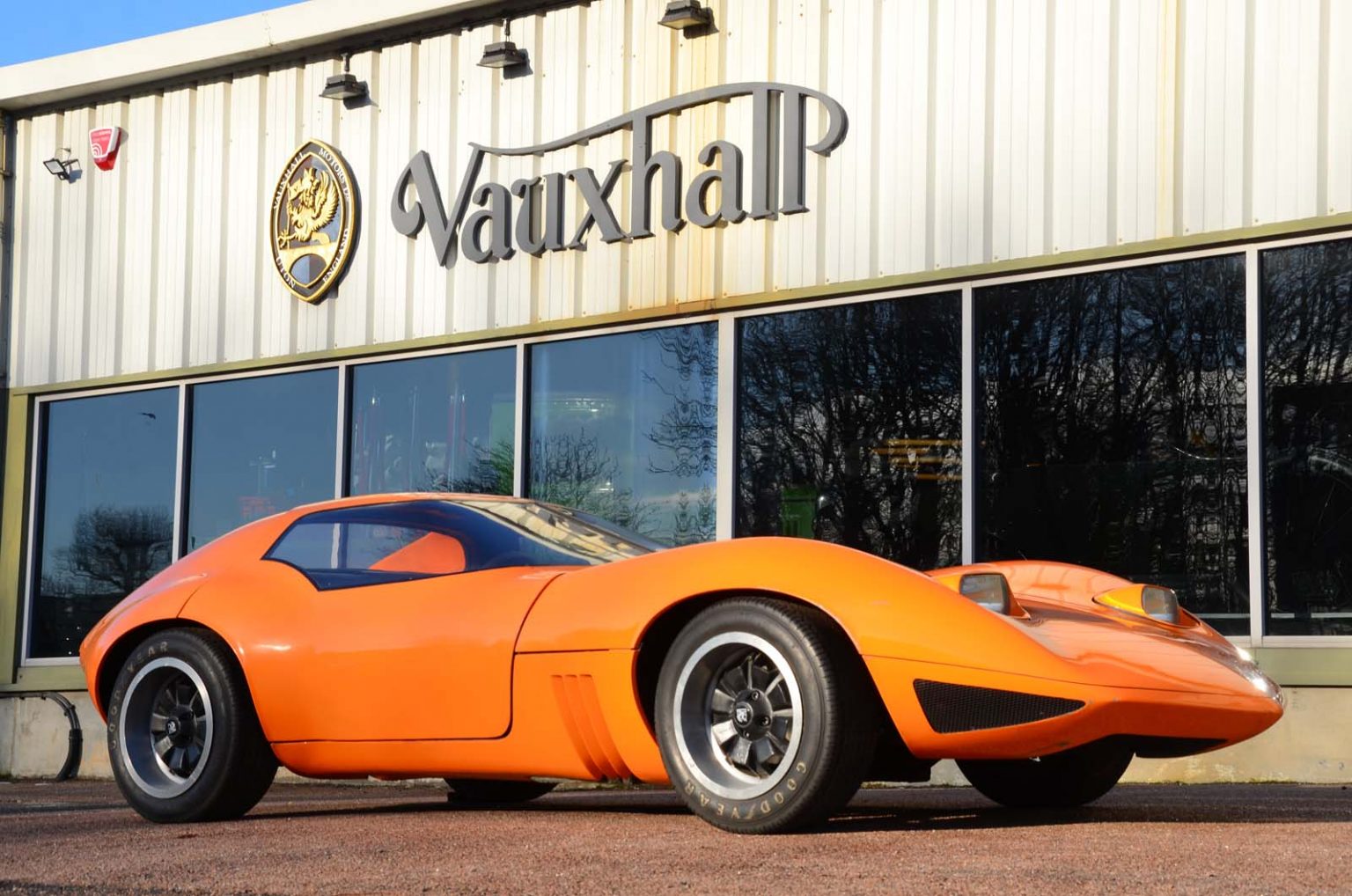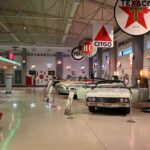
Back in the 1960s Vauxhall were demonstrating their individuality by started a concept project known as XVR. The Xperimental Vauxhall Research vehicle was to showcase the design abilities of the company in the UK.
Back then Vauxhall was a relatively independent entity with its own design and engineering centre. Even though General Motors, GM, had acquired Vauxhall as a luxury car maker back in 1925 they continued to make their own cars. This also led to some development vehicles and concepts.
One result was to make Vauxhall more sporting and to create an entry into a new market segment. The XVR sports car was unveiled at the Geneva Motor Show in 1966 and stunned the audience. Vauxhall had essentially built a full sized Hot Wheels car.
The XVR concept was managed by the legendary Wayne Cherry at Luton’s Design and Engineering Centre. This later became Vauxhall’s Griffin House HQ.
Inspired by parent company GM’s concepts, especially that of the Mako Shark II from 1965. They came up with something that followed those lines, but with a rather unusual take on the doors and windscreen. The gull-wing doors contained the front screen, which was split down the middle and formed part of the opening. The car also featured a clam shell bonnet and pop up headlights.
